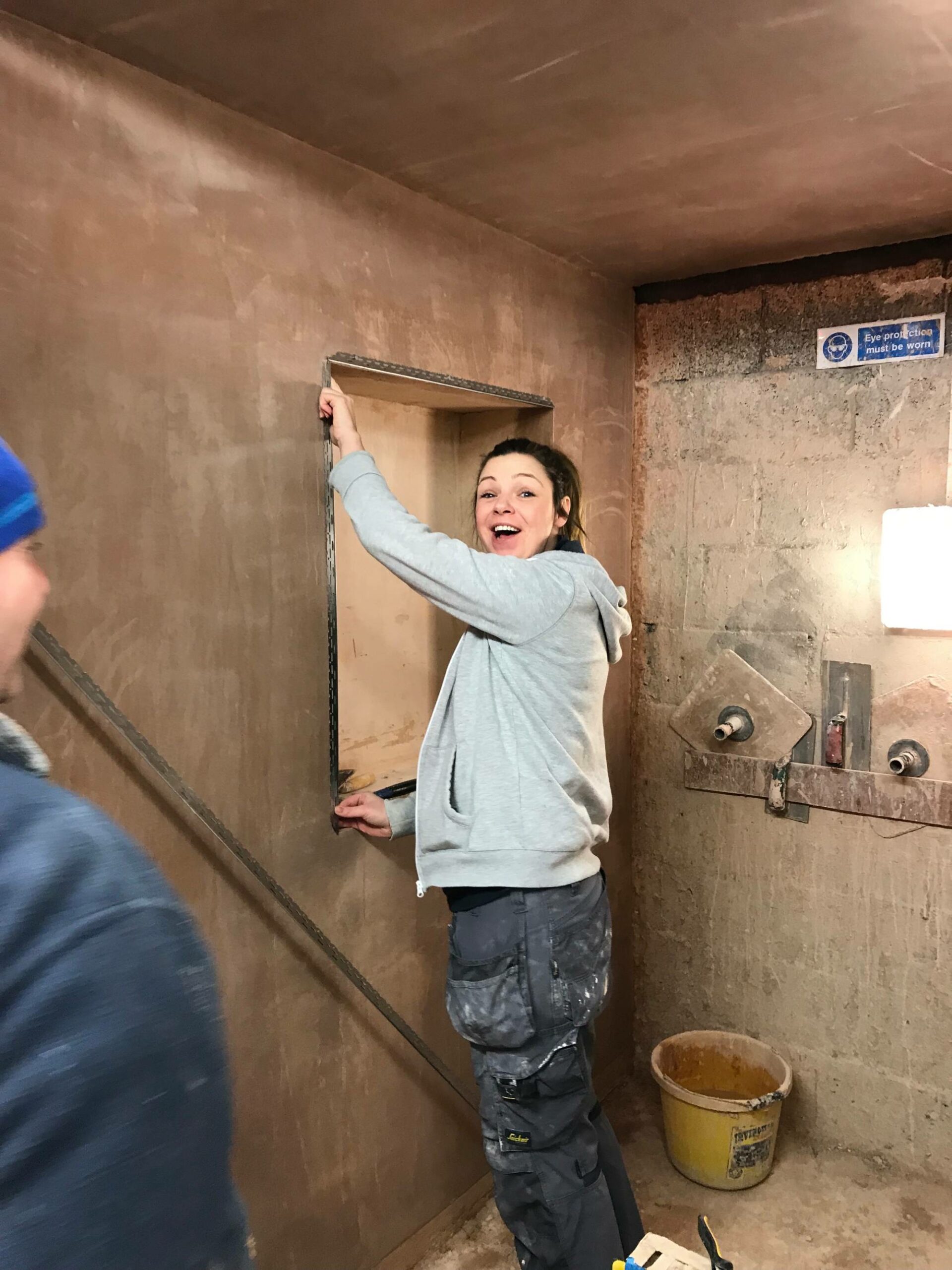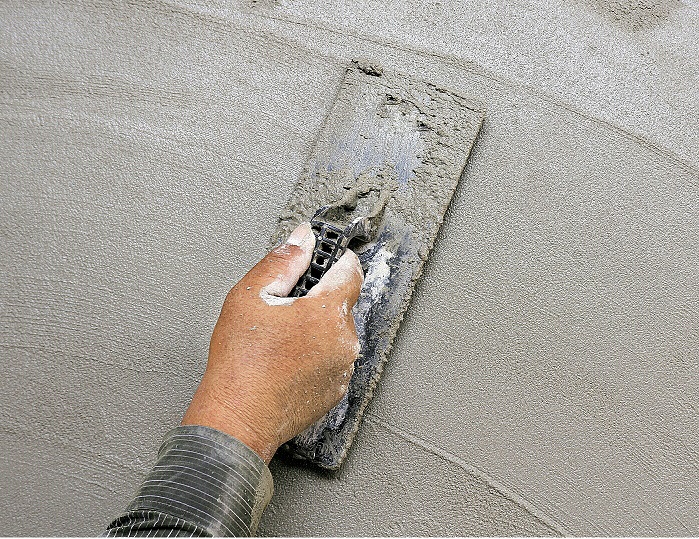A Comprehensive Overview to Learning Plastering Abilities for Your Restoration Requirements

Necessary Tools and Materials
In the world of plastering, having the right devices and materials is paramount to attaining a perfect finish. Numerous necessary tools offer distinctive purposes, ensuring performance and precision throughout the smudging process. A top quality trowel, for example, is vital for applying and smoothing plaster, while a hawk supplies a stable system for holding the material. A joint blade is also critical for in-depth job, especially in sides and corners.
Along with tools, choosing the appropriate plastering materials is crucial. Gypsum-based plasters are generally preferred for their flexibility and convenience of use, while cement-based choices are excellent for exterior applications because of their longevity. Water and bonding agents play considerable duties in attaining proper consistency and bond, making certain that the plaster adheres efficiently to the surface area.
In addition, protective gear such as goggles, masks, and gloves is important to secure versus dirt and irritability throughout the application procedure. By assembling the right combination of materials and tools, plasterers can enhance their ability and create high-grade coatings, inevitably boosting the total workmanship of their job.
Preparing Surface Areas for Gluing
Accomplishing a sturdy and smooth plaster coating starts with careful preparation of the surfaces to be plastered. This foundational action is critical to ensuring attachment and the long life of the plaster. Beginning by examining the condition of the substrate-- whether it is drywall, concrete, or masonry-- getting rid of any kind of loose paint, dust, or particles that might disrupt bonding.
Next, fix any type of flaws such as openings or cracks. Use an ideal filler to accomplish a level surface area; this can be vital for stopping future issues. As soon as fixed, guarantee the surface area is tidy and dry, as moisture can endanger plaster adherence.
For porous surface areas, it is a good idea to apply a bonding representative. This product enhances bond and creates a reliable user interface between the plaster and substratum. If dealing with formerly plastered surface areas, it may be needed to scuff or sand the location lightly to give a secret for the brand-new plaster layer.
Plastering Strategies and Tips
Grasping plastering methods requires both ability and practice to accomplish a remarkable surface. One essential method is the application of the plaster in multiple thin layers, as opposed to a single thick layer. This approach permits far better adhesion and minimizes the threat of breaking. Beginning with a base coat, ensuring it is equally spread and leveled with a hawk and trowel. Utilize a straightedge to examine for any flaws prior to carrying on to subsequent layers.
When using the finish coat, employ a shoveling method that entails holding the trowel at a small angle and operating in a circular motion. This helps to produce a smooth surface and decreases the appearance of trowel marks. Furthermore, keep a spray container of water handy to haze the surface lightly; this maintains the plaster workable and enables for smoother completing.
Timing is critical; work efficiently, as the plaster begins to set. When the plaster has firmed up however is still moist, utilize a moist sponge to carefully smooth the surface area additionally. Last but not least, permit ample drying out time prior to fining sand or paint, ensuring my company your difficult work leads to a professional, top notch surface.
Typical Errors to Prevent

An additional usual mistake is using plaster as well thickly. Overzealous applications can result in breaking and prolonged drying times. It's vital to apply plaster in thin, also layers, permitting each layer to completely dry effectively before adding more.
Additionally, not using the right tools can prevent the top quality of the surface. Using unsuitable trowels or mixers can create variances in the smudging procedure. Always opt for top quality tools made for smudging tasks.
Lastly, several people ignore the significance of timing. Functioning in improper temperatures or moisture degrees can adversely influence plaster drying out and curing. It is recommended to examine weather condition conditions and adjust your routine accordingly.
Completing Touches for a Professional Appearance
The final phases of a gluing project are vital for accomplishing a sleek, expert look. When the plaster has actually dried completely, the next action is to evaluate the surface area for imperfections. Small bumps, holes, or unequal locations ought to be addressed utilizing great sandpaper or a sanding block. This careful attention to information is essential for making sure a smooth finish.
After sanding, it's suggested to clean up the surface area to remove any type of dirt and particles. A damp fabric is reliable for this objective, followed by a complete drying out period. If required, using a slim layer of ending up plaster can enhance the surface even more, supplying a smooth coating.
As soon as the finishing plaster is dry, one more round of sanding may be needed to attain the wanted level of smoothness. Finally, consider applying a primer before painting or wallpapering, which will enhance adhesion and toughness.
Verdict
Understanding smudging abilities dramatically boosts the top quality of improvement tasks. A thorough understanding of important tools, surface prep work, and reliable strategies is critical for accomplishing expert results. Understanding of common mistakes enables the evasion of pricey mistakes, while YOURURL.com interest to finishing touches ensures a sleek look. Eventually, the combination of these elements contributes to the production of smooth, long lasting surfaces that elevate the visual worth of any type of space, emphasizing the value of skilled plastering in home improvement endeavors.
Water and bonding agents play considerable duties in accomplishing correct consistency and bond, ensuring that the plaster adheres properly to the surface. Plastering.


Additionally, maintain a spray container of water helpful to haze the surface gently; this keeps the plaster convenient and allows click for more info for smoother completing. (Plastering)
If necessary, using a slim layer of finishing plaster can boost the surface additionally, providing a seamless coating.
Comments on “Plastering Made Simple: Step-by-Step Overview for Beginners”